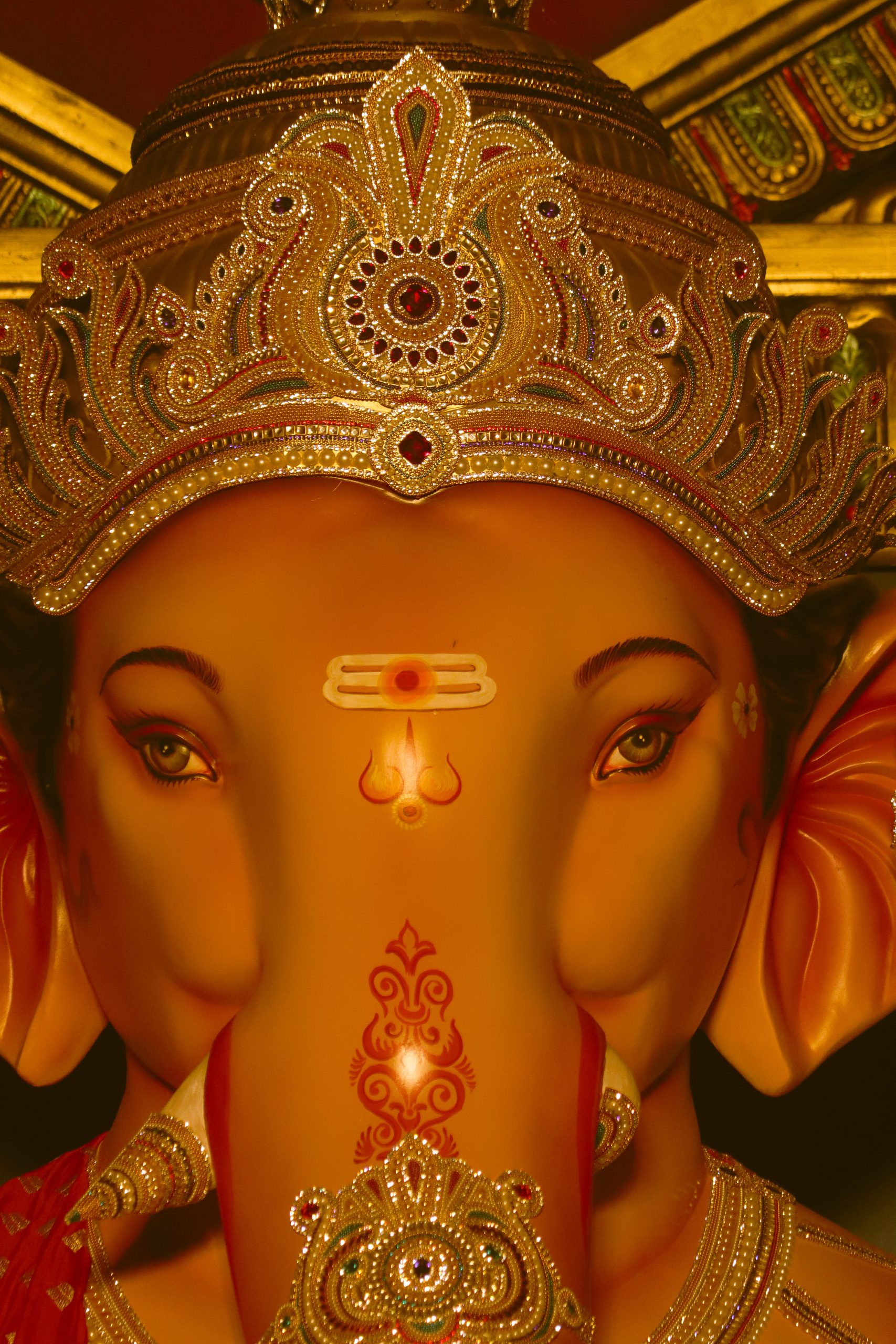Ganesh Chaturthi: Honoring Ganesha’s birth with rituals and legends that impart timeless wisdom
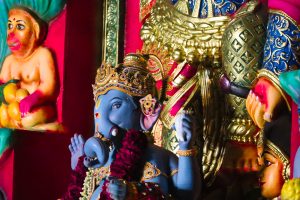
Introduction: Ganesh Chaturthi
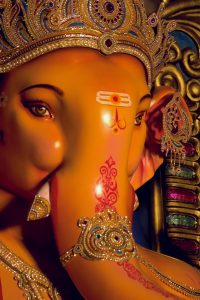
Ganesh Chaturthi, the vibrant and captivating festival celebrated annually in India, brings forth a tapestry of devotion, culture, and spiritual connection to the revered deity, Lord Ganesha. Also known as Vinayaka Chaturthi, this festival commemorates the birth of Lord Ganesha, a deity known for his wisdom, benevolence, and the ability to surmount obstacles.
With unparalleled fervor, this celebration is interwoven with a diverse array of rituals and legends, each revealing a deeper facet of devotion and the profound messages inherent in the festival. In this exploration, we delve into the rich tapestry of Ganesh Chaturthi, unraveling its rituals, legends, and the timeless lessons it imparts.
Did you know Legends that Illuminate?
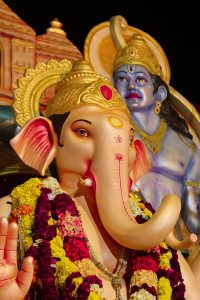
The legends that envelop Ganesha’s birth are as multifaceted as the deity himself. While the widely accepted narrative portrays Ganesha as the son of Lord Shiva and Goddess Parvati, the ancient Puranic myths offer alternate perspectives that deepen our understanding of his divine essence. In one such myth, Parvati, desiring a guardian while bathing, created a young boy from turmeric paste, breathing life into him to form Ganesha. This touching story encapsulates Parvati’s nurturing love and Ganesha’s role as a protector.
Another version attributes Ganesha’s creation to Shiva’s creative energy, highlighting his divine powers of manifestation. The legend of Ganesha’s elephant head adds a layer of complexity to his character, symbolizing his wisdom, intelligence, and the capacity to transcend physical forms. These narratives intertwine to underscore Ganesha’s protective nature, his unparalleled wisdom, and the deep bond he shares with his devotees.
The Weave of Rituals
Ganesh Chaturthi unfolds through an intricate weave of rituals that mirror devotion, creativity, and spiritual introspection.
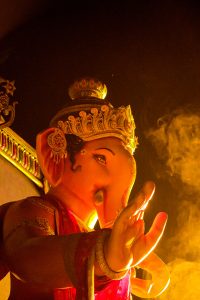
1. Pran Pratishtha: The festival commences with the creation of meticulously crafted Ganesha idols, which find their homes in elaborately adorned pandals or within households.
These idols serve as focal points for veneration, as devotees offer heartfelt prayers, sing devotional hymns, and engage in musical performances as an embodiment of their reverence for the deity.
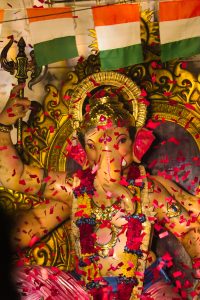
2. Shhodashopachara: The phase of Shhodashopachara involves performing sixteen distinct rituals, encompassing offerings of fragrant flowers, aromatic incense, and delectable sweets.
The act of adorning the idol with intricate decorations symbolizes the beauty inherent in life and creation. It serves as a reminder that devotion is not just a ritualistic practice but a creative expression of love and reverence.
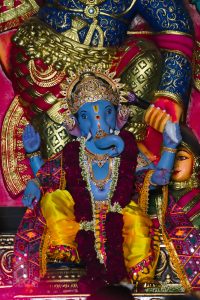
3. Uttarpuja: As the festival draws closer to its climax, the Uttarpuja phase takes center stage.
This ritual involves preparing the deity for the imminent immersion. This phase, laden with symbolism, encapsulates the idea of bidding farewell to a cherished presence, acknowledging the transient nature of life.
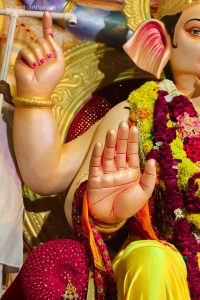
4. Ganpati Visarjan: The zenith of the festival arrives with the Ganpati Visarjan, the ritual immersion of Ganesha idols in water bodies.
This deeply symbolic act is a profound metaphorical representation of Ganesha’s immersion into the cosmic waters of existence.
As the idols dissolve into the water, the message is clear—a reminder of life’s impermanence and the eternal cycle of creation, preservation, and dissolution.
Eternal Wisdom from an Immortal Deity
The tapestry of Ganesh Chaturthi, woven with its diverse legends and intricate rituals, offers invaluable life lessons that transcend time.
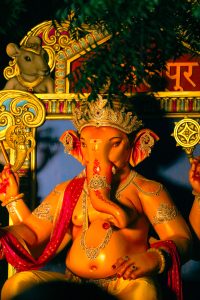
Ganesha’s elephant head stands as a timeless symbol of his unparalleled wisdom, inspiring devotees to cultivate intelligence that surpasses ordinary limitations. His broken tusk, transformed into a writing instrument, signifies the power of adaptability and resourcefulness in overcoming challenges—a testament to his role as the remover of obstacles.
The rituals of Ganesh Chaturthi mirror the journey of life itself. The creation of idols symbolizes human creativity as an offering to the divine. The act of adorning the idol mirrors the art of beautifying our existence, recognizing the inherent beauty in every moment. The poignant Uttarpuja embodies the wisdom of detachment, reminding us of the importance of embracing change and acknowledging the impermanence of all things. Finally, the Ganpati Visarjan ritual imparts the profound lesson of letting go, symbolizing the necessity of detachment and the acceptance of life’s ebb and flow.
Conclusion
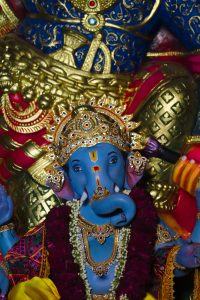
Ganesh Chaturthi transcends being a mere festival; it is a spiritual journey that unites people in celebration, devotion, and deep contemplation. The legends of Ganesha’s birth add layers to his character, while the rituals encompass a spectrum of meanings that extend beyond the ritualistic. As the Ganesha idols are immersed during Visarjan, they serve as a poignant reminder of the transient nature of life, echoing the eternal truth that change is the only constant.
Within the intricate weave of Ganesh Chaturthi lies a narrative that resonates with the human experience. This celebration encapsulates the dynamic nature of spirituality, encouraging millions to embrace wisdom, creativity, and acceptance on their life’s journey. Ganesha, with his multifaceted presence, continues to bestow devotees with the strength to overcome obstacles, the wisdom to navigate life’s complexities, and the grace to find beauty in impermanence. As the festival’s echoes fade, its essence remains—a testament to the ever-lasting impact of Lord Ganesha’s teachings.

